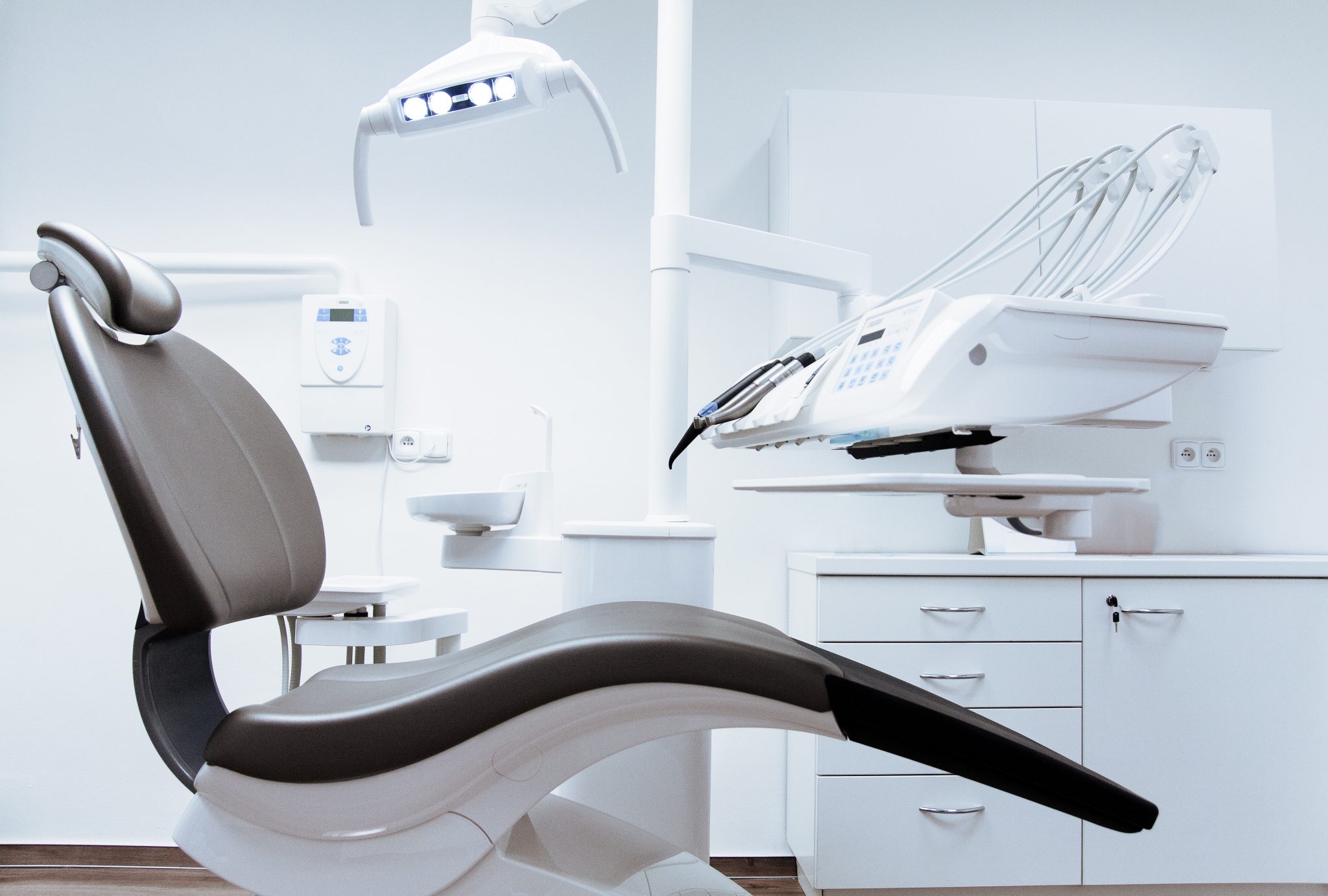
Experience Anxiety-Free Dentistry
An array of anesthetic and sedation choices ensures you don’t endure pain or unease during your dental session. Multiple techniques are at your disposal, with the option to merge several for comprehensive relief. Your specific sedation or anesthesia type is tailored based on your individual requirements and the informed recommendation of your dentist or specialist.
Sedation Categories
The broad range of sedation options can be classified into three primary categories. We can desensitize a localized region being treated, offer sedation that keeps you conscious yet fully at ease, or let you drift through the procedure with general anesthesia. Delve deeper into each category below:
Localized Numbing
A tried-and-true method many are accustomed to. We gently numb the target area, followed by a meticulous application of a local anesthetic to numb a specific part of your mouth. While you might sense pressure, pain will be absent.
Conscious Sedation
Whether through prescribed meds, nitrous oxide, or an IV drip, light to moderate sedation ensures you remain alert but utterly tranquil. It’s common to pair this with localized numbing.
Restful Dental Sleep
Opting for general anesthesia or profound sedation brings you close to, or entirely into, an unconscious state. Even if awake, many patients recall nothing. Post-procedure, you’ll retain a relaxed, drowsy feeling, necessitating a companion to drive you home and monitor you.
Advantages of Dental Sedation
Sedation and sleep dentistry present versatile solutions, catering to patients with a myriad of concerns. Here are some of the standout benefits of opting for sedation in dentistry:
Conquering Dental Apprehension
At times, the mere thought of a dental procedure can be more daunting than the procedure itself. Don’t let dental anxiety be a barrier to the care you deserve. If apprehension, whether mild or severe, is holding you back, let us know! We’re here to assist.
Transformation In What Feels Like Moments
Especially during lengthy treatments where you remain stationary with an open mouth, sedation ensures you’re at ease. Time seems to whizz by, and if you’re under IV sedation, it’ll seem like mere moments have elapsed.
Customized to Your Unique Requirements
Faced with a pronounced gag reflex? Struggling with persistent restlessness or restless leg syndrome? Does local anesthesia not quite cut it for you? Sedation is versatile, addressing various needs, making dental care accessible and comfortable for all.
Contact us today
to schedule an initial consultation & exam.
Your consultation will include an examination of everything from your teeth, gums and soft tissues to the shape and condition of your bite. Generally, we want to see how your whole mouth looks and functions. Before we plan your treatment we want to know everything about the health and aesthetic of your smile, and, most importantly, what you want to achieve so we can help you get there.
Frequently Asked Questions
Most patients feel no pain during the procedure due to the combination of sedatives and local anesthetics. The primary goal of sedation is to ensure comfort and relaxation.
Not necessarily. There are various levels of sedation. Some may make you drowsy and relaxed, but you’ll still be awake, while general anesthesia will make you fully unconscious.
The method varies – it can be through oral pills, inhalation (like nitrous oxide or “laughing gas”), IV sedation, or general anesthesia.
While many dentists can administer mild sedation, special training is required for those offering moderate to deep sedation and general anesthesia. It’s crucial to inquire about a dentist’s credentials and experience.
For lighter sedation methods, such as nitrous oxide, you might be able to drive. However, for moderate to deep sedation, you’ll need someone to drive you home.
Some people may experience dizziness, dry mouth, or nausea after sedation. It’s essential to discuss potential side effects with your dentist beforehand.
Yes, in cases where children are highly anxious or cannot sit still for extended periods, sedation can be safely used. Always ensure that the dental professional has experience with pediatric patients.
After some sedation methods, you might need to wait until the anesthetic wears off before eating or drinking to avoid injury. Your dentist will provide post-procedure care instructions.

